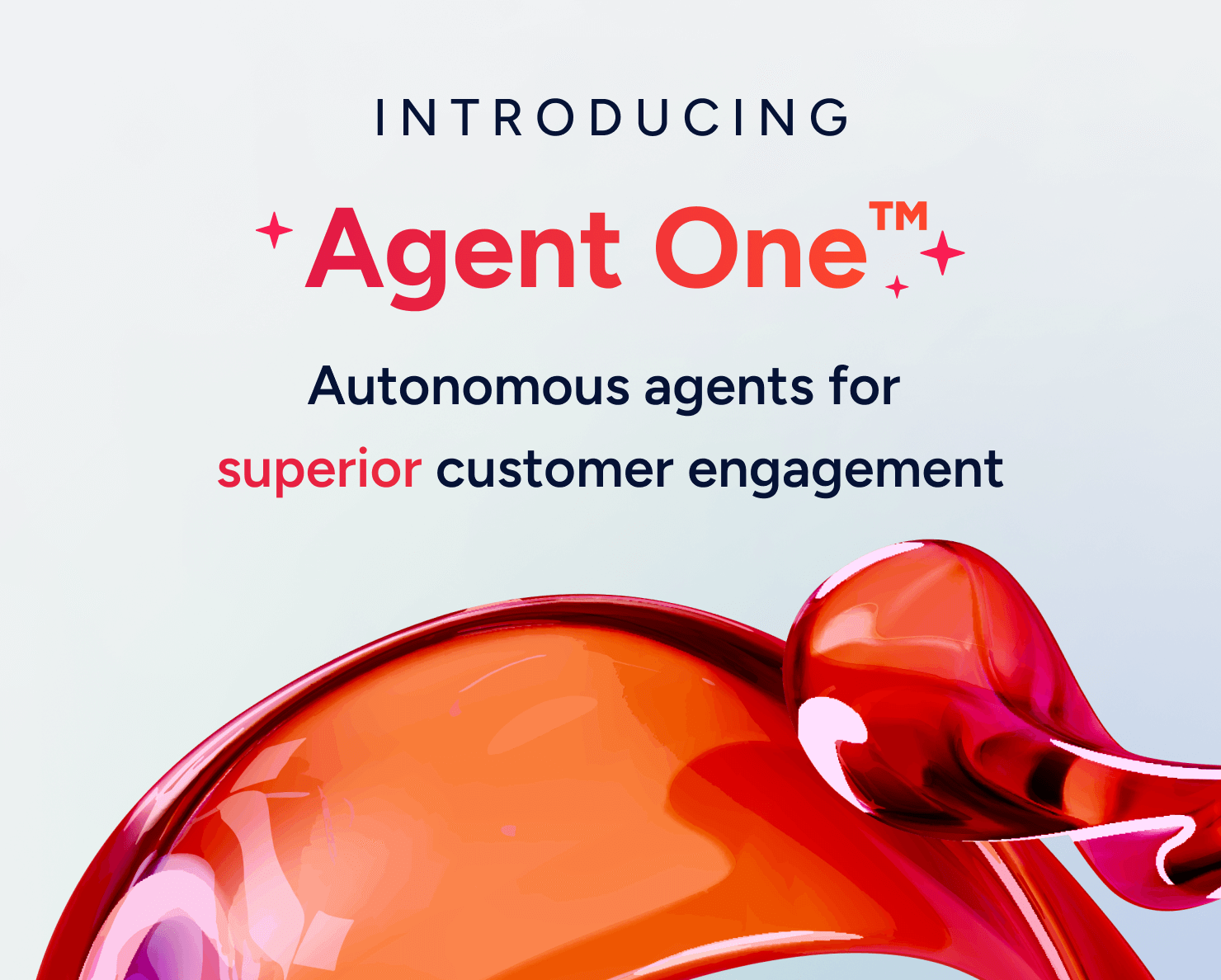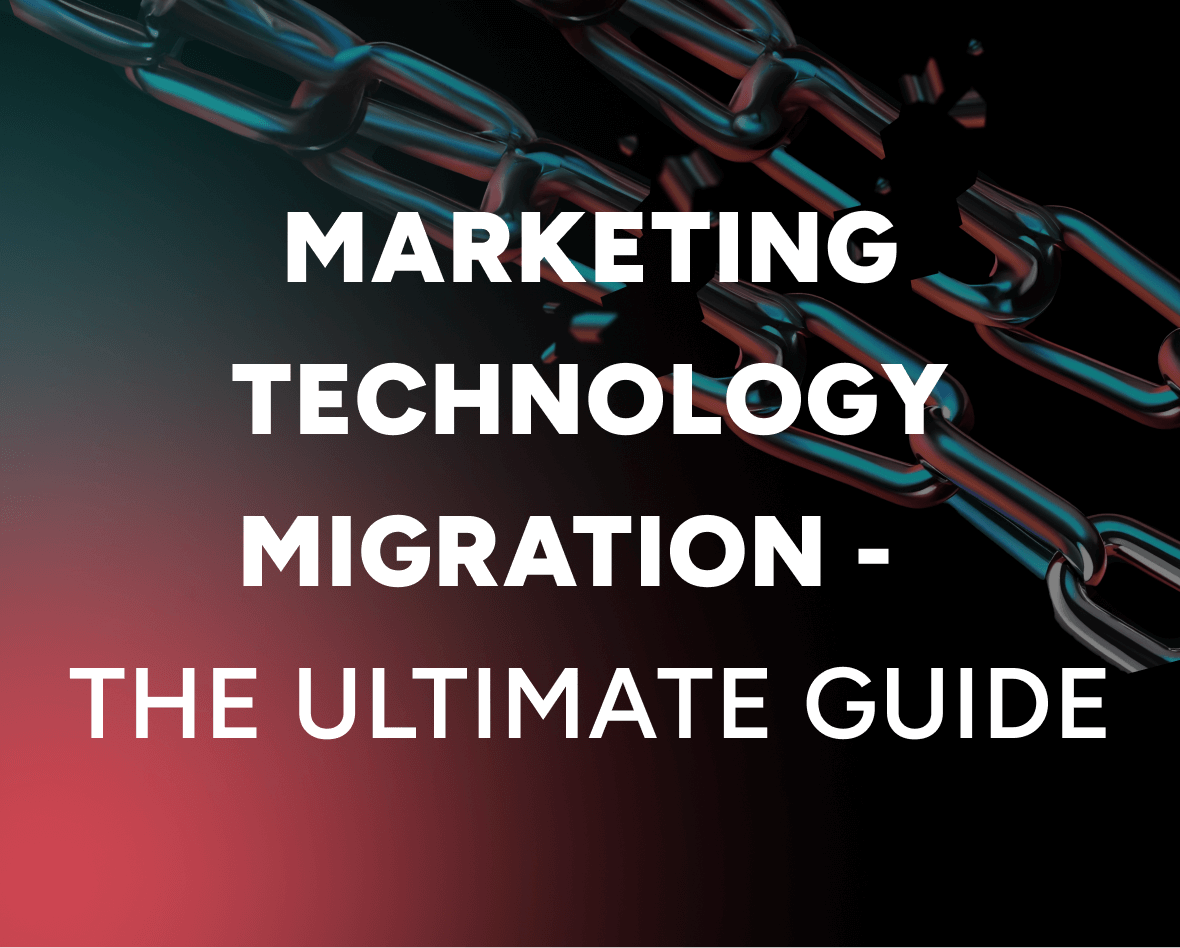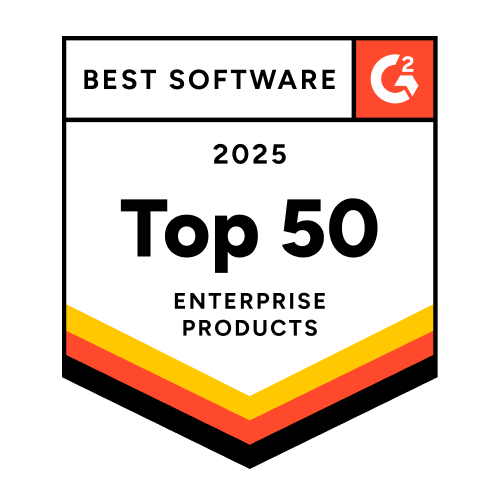SMS vs. MMS: A Comprehensive Guide to Choosing the Right Messaging Strategy for Your Business
Today, communication has evolved beyond simple voice calls and emails. Two of the most widely used messaging technologies—SMS (Short Message Service) and MMS (Multimedia Messaging Service)—have become integral tools in our daily lives and business communication strategies.
Updated on 4 Jul 2025
While they may seem similar at first glance, SMS and MMS offer distinct features, benefits, and use cases that can significantly impact how we connect with our audiences. In this blog post, we’ll explore the key differences between SMS vs MMS, examining what sets them apart and how you can leverage each for effective, engaging communication.
Whether you’re a marketer looking to optimize your messaging campaigns or a business professional keen to enhance customer engagement, understanding the unique strengths of SMS and MMS is crucial in today’s interconnected landscape. Let’s explore how these two powerful communication tools can help you achieve your goals.
Understanding SMS and MMS: Setting the Context
Before we dive into the differences between SMS and MMS, it’s essential to understand what each channel entails and how they fit into the broader landscape of digital communication.
What is SMS?
Key Characteristics of SMS Messages:
- Character Limit: SMS messages are limited to 160 characters per message, encouraging concise communication.
- Content Type: SMS is restricted to text only, without any multimedia content such as images or videos.
- Cost: Generally, SMS messages are more affordable than MMS messages, making them a budget-friendly option for businesses.
- Delivery: SMS is compatible with almost all mobile devices, ensuring a broad reach across different platforms and operating systems.
Check out our SMS software product tours
What are the common SMS use cases?
SMS is versatile and is frequently used for various purposes, including transactional messages, promotional campaigns, and important alerts. SMS provides a reliable channel for direct communication, whether you’re sending a one-time password, a special offer, or a critical service notification. For more specific use cases and examples, you can explore our comprehensive SMS templates library.
If you’re looking for a comprehensive and intuitive SMS marketing platform, then take a look at Insider’s SMS offerings and services.
Insider empowers seamless cross-channel experiences with integrated SMS event data
What is MMS Messaging?
MMS, or Multimedia Messaging Service, extends SMS’s capabilities by allowing users to send multimedia content, including images, videos, audio files, and longer text messages. Unlike SMS, which is limited to text only, MMS enables more engaging and visually appealing messages, making it ideal for businesses looking to deliver richer content to their audience.
Key Characteristics of MMS Messages:
- Content Type: MMS supports various content types, including text, images, videos, and audio files, providing a more dynamic messaging experience.
- Message Length: MMS messages can be longer and incorporate multimedia elements, making them suitable for more detailed communication.
- Cost: Generally, MMS messages are more expensive than SMS messages, reflecting the added value of multimedia content.
- Delivery: The delivery of MMS messages can vary depending on the recipient’s device and network capabilities. While most modern smartphones fully support MMS, older devices or certain networks may have limitations.
Common MMS Use Cases:
MMS is particularly effective for marketing campaigns that require rich media promotions or product showcases, as it allows businesses to create visually compelling messages. It is also used for customer engagement through interactive content and personalized messages that foster a deeper connection with the audience. Additionally, MMS is useful for enhanced communication, such as sending event invitations or detailed information that cannot be conveyed through SMS alone.
What is the Difference Between SMS and MMS: Understanding the Key Distinctions
When it comes to mobile messaging, SMS and MMS are two of the most popular options available to businesses and consumers alike. While they both serve the fundamental purpose of communication, they differ significantly in terms of content capabilities, cost, delivery, and use cases. Understanding these differences is crucial for anyone looking to leverage these tools effectively in their marketing and communication strategies.
Content Types
One of the most notable differences between SMS and MMS lies in the type of content they support.
SMS messages are text-only and limited to 160 characters per message. This makes them ideal for concise updates, quick notifications, and messages that require brevity and clarity. Because of their simplicity, SMS messages are perfect for straightforward communication without the need for multimedia elements.
MMS messages, on the other hand, support a variety of multimedia content, including images, videos, audio files, and longer text. This capability allows for richer, more engaging communication. MMS is ideal for interactive campaigns, product showcases, and any content where visual or audio elements can enhance the message and drive engagement.
Message Length
The length of the message you want to send is another critical factor when choosing between SMS and MMS.
With a strict 160-character limit per message, SMS is designed for short, to-the-point communication. If a message exceeds this limit, it is typically split into multiple SMS messages, which can impact both cost and delivery.
MMS allows for longer messages that can include multimedia content, making it ideal for more detailed and engaging communication. Whether you’re sending a promotional video, a high-resolution image, or a longer piece of text, MMS provides the flexibility to convey your message without worrying about character limits.
Cost
Cost is often a significant consideration when deciding between SMS and MMS, especially for businesses managing large-scale messaging campaigns.
Generally, SMS is less expensive than MMS. The lower cost is due to the simplicity of the content—plain text without any multimedia elements. This makes SMS an economical choice for businesses that need to send high volumes of messages, such as transactional updates or promotional offers.
MMS messages are typically more costly because of the added value of multimedia content. The ability to send images, videos, and audio files comes at a premium, which is reflected in the higher price point. However, the increased cost is often justified by the higher engagement rates and the ability to deliver more compelling content.
Delivery and Compatibility
The compatibility of the message with various devices and networks is another important distinction.
SMS is universally compatible with all mobile devices and networks, ensuring reliable delivery across different carriers. Whether your audience uses a smartphone, a feature phone, or any other mobile device, SMS will reach them without any issues.
The delivery of MMS messages can vary depending on the recipient’s device and network. While most modern smartphones fully support MMS, some older devices or certain networks may not, which could affect message delivery and user experience.
Engagement
Engagement potential is a key consideration for marketers looking to drive interaction and response.
SMS is simple and direct, which often results in quick reads and actions. However, its text-based nature limits the type of engagement it can foster, making it less suitable for interactive or visually-driven content.
MMS has a higher engagement potential due to its multimedia elements. Rich media like images, videos, and audio can capture attention more effectively than text alone, driving higher levels of interaction and response.
Analytics and Tracking
Tracking and analyzing the performance of messaging campaigns is crucial for optimizing communication strategies.
SMS offers basic tracking capabilities, such as delivery and response rates. While useful, these metrics provide only a limited view of user engagement.
MMS offers enhanced tracking capabilities for multimedia content, providing detailed insights into how users interact with images and videos. This data can be invaluable for refining marketing strategies and maximizing the effectiveness of campaigns.
Usage Scenarios
The choice between SMS and MMS often depends on the specific use case and communication objectives.
SMS is best suited for transactional messages, appointment reminders, quick updates, and promotional messages where text is sufficient. It is particularly useful for time-sensitive information that requires immediate attention.
MMS is ideal for marketing campaigns, product showcases, and customer engagement efforts that benefit from rich media. It is useful for creating visually appealing and interactive content that can capture and hold the audience’s attention.
Security
Both SMS and MMS provide a similar level of security, but there are some nuances to consider.
SMS is generally secure, but it can be susceptible to phishing and spoofing. Users should be cautious about clicking links or sharing personal information through SMS.
MMS offers the same level of security as SMS, but the inclusion of multimedia content can occasionally carry additional risks, such as malware. It’s essential to ensure that all multimedia content is safe and from a trusted source.
How to choose between SMS and MMS
Ultimately, the choice between SMS and MMS depends on your communication objectives and the type of engagement you want to achieve.
Use Cases for SMS
Opt for SMS when you need to send quick updates, alerts, and promotional messages where text is sufficient. SMS is perfect for time-sensitive information that requires a prompt response. And if you’re looking for the best SMS marketing software on the market, check out Insider’s SMS offerings and services.
Use Cases for MMS
Choose MMS for multimedia-rich content, interactive promotions, and engaging customer experiences. MMS is ideal when you want to captivate your audience with images, videos, or other rich media.
Both SMS and MMS have unique advantages that can complement your communication strategy. By understanding their differences and strengths, you can make informed decisions that maximize the effectiveness of your messaging campaigns. Whether you need the simplicity and cost-effectiveness of SMS or the rich, engaging capabilities of MMS, each format offers valuable opportunities to connect with your audience in meaningful ways.
What is the best SMS marketing platform?
Insider’s SMS marketing solution stands out in the market by seamlessly integrating SMS into omnichannel customer journeys, boosting conversion rates by over 60%.
Trusted by over 1,200 brands worldwide, from start-ups to enterprise giants, Insider’s platform is designed to connect and convert through personalized, dynamic content that drives engagement and builds brand loyalty. With advanced AI-powered campaign automation, predictive segmentation, and personalization at scale, Insider ensures every message is relevant and timely.
The platform also provides a suite of advanced features, including pre-approved templates, SMS hygiene integration for high deliverability, and strategic governance for risk mitigation, all while maintaining cost efficiency. Whether you’re aiming for promotional, bulk, or transactional SMS, Insider’s comprehensive and user-friendly solution empowers businesses to achieve significant growth and enhance customer lifetime value.
Insider enables AI-powered campaign automation and predictive segmentation
Ready to find out more?
If you’d like to learn more about how Insider can level up your business, book a demo with us today. We’d love to show you how we do things around here.
Frequently Asked Questions
What types of media can be sent via MMS?
MMS supports a range of media types, including images, videos, audio files, and longer text messages. Unlike SMS, which is text-only, MMS enables richer content delivery, making it ideal for businesses looking to engage their audience with high-resolution images, promotional videos, or audio messages. This versatility helps create more immersive and engaging experiences for recipients.
How long can an SMS message be?
SMS messages are limited to 160 characters, promoting brief and direct communication. If a message exceeds this limit, it is split into multiple texts, potentially affecting cost and readability. Therefore, keeping SMS communications concise is essential for clear and effective messaging.
What are the common uses of SMS in business communication?
SMS is favored for its simplicity and cost-effectiveness in business communication. It is commonly used for urgent alerts, appointment reminders, payment confirmations, and service disruptions. SMS is also effective for promotional offers and transactional messages like order confirmations and shipping updates, providing critical information efficiently.What are the common uses of MMS in business communication?
MMS is ideal for dynamic and visually appealing business communication. It is used for sending promotional images and videos, interactive content such as surveys or quizzes, and detailed information like product demonstrations or event invitations. MMS enhances engagement through its multimedia capabilities, making it a powerful tool for richer content delivery.



















